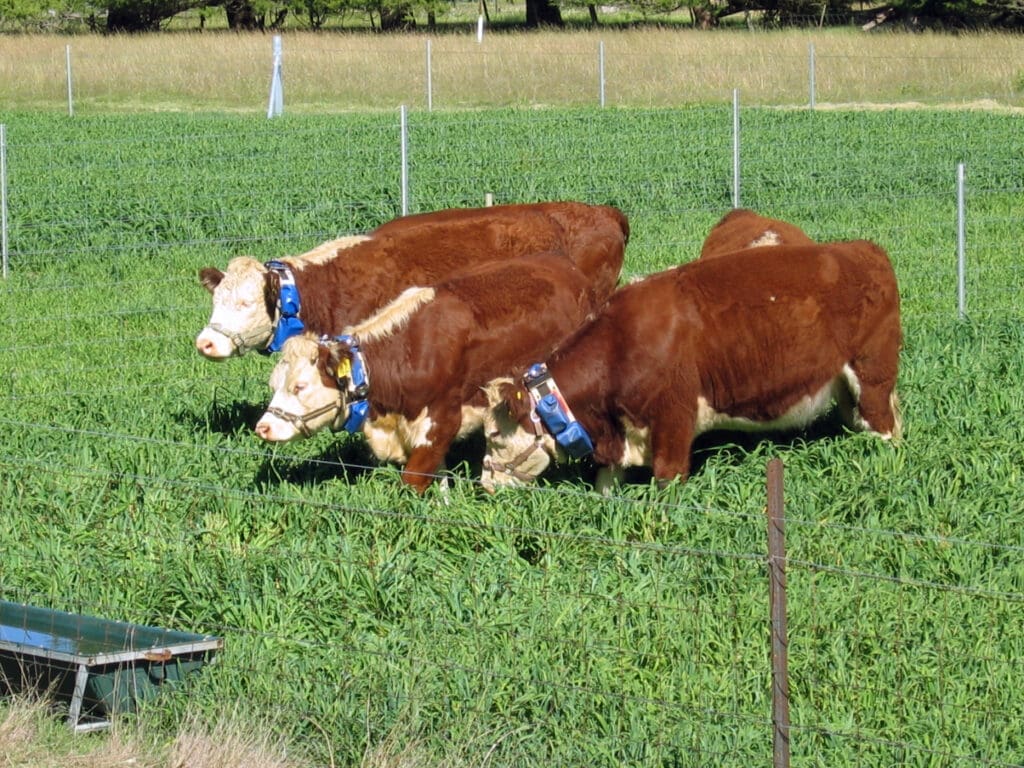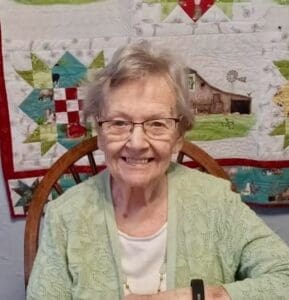Virtual fencing is an innovative technology that uses GPS collars to create invisible boundaries for livestock, such as cattle, providing a flexible alternative to traditional fencing. The system works by training cattle to respond to audio cues and mild electric shocks when they approach the boundary. This technology is being explored for its potential in improving grazing practices, wildfire prevention, and wildlife conservation. It can strategically manage grazing to reduce wildfire fuel loads or protect sensitive habitats, such as riparian zones for endangered species.
Virtual fencing also allows ranchers to efficiently monitor their livestock through smartphone apps. Although costly, the technology offers environmental benefits and could reduce conflicts between ranching and conservation efforts.
Researchers at Oregon State University’s Eastern Oregon Agricultural Research Center are exploring its use to manage grazing after wildfires and prevent cattle from entering burned areas. They have also shown how it can create fire breaks and be used in rotational grazing.
“We can use it to strategically graze and reduce fuel loads for wildfires. It also provides more flexibility in managing resources—land, water, wildlife, etc. Here at the Eastern Oregon Agricultural Research Center we saw tremendous potential to help with natural resource and livestock management, and initial interest for grazing the unburned portions of range allotments,” said David Bohnert, director and professor at Oregon State University’s Eastern Oregon Agricultural Research Center. “If we couldn’t get traditional fencing installed, maybe we could use virtual fencing to keep cattle out of the burned areas, without having to rest the entire allotment for two years.”
Virtual fencing is increasingly seen as a valuable tool for efficient range management and conservation, with studies ongoing to refine its use and make it more economically viable.













